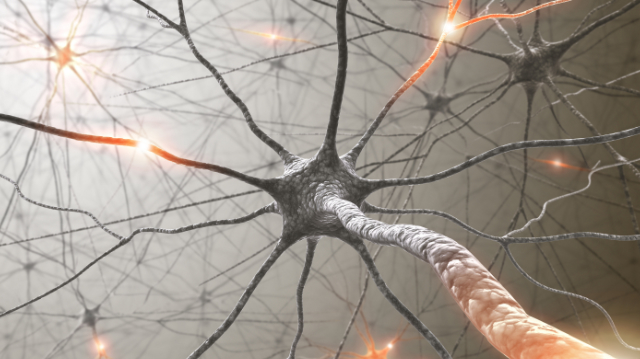
Pick any function of the human body, and you can count on your nerves making it happen. Moving your eyes to read these words, the process of sending these images to the brain to be converted into useful information, and breathing while doing so are all made possible by the nerves.
The nervous system is a complex collection of nerves and specialized nerve cells called neurons that form a network reaching every part of the body. Collectively, this network rapidly transmits signals back and forth between the brain and the rest of the body to allow movement and every other bodily function. In essence, the nervous system is the body’s electrical wiring, through which all communication takes place. Neurons are the basic unit of this system, as they send and receive nerve impulses to other cells at an incredibly fast rate. More on this later.
When looking at the structure of the nervous system, it’s easiest to divide it into two main parts: the central nervous system and the peripheral nervous system.
Central nervous system
- The central command center of the body that integrates and organizes all the information coming in and going out
- Consists of the brain, spinal cord, and all the supporting nerves and neurons that serve them
- Brain: controls nearly all functions of the body, including awareness, movement, sensations, speech, and memory
- Spinal cord: a long tube—like structure that carries messages back and forth between the brain and the rest of the body; it extends from the brainstem down to the base of the spine and consists of 31 segments, each of which has a pair of spinal nerves that travel out to other regions of the body
Peripheral nervous system
- All the other nerves and neurons of the nervous system that are not part of the central nervous system; further divided into the somatic and autonomic nervous system
- Somatic (voluntary) nervous system: controls nearly all voluntary movements in the body; it does this by sending sensory information (from our five senses) to the central nervous system and receiving instructions to carry motor functions elsewhere in the body
- Autonomic (involuntary) nervous system: responsible for all the involuntary functions of the body, such as heart rate, digestion, respiration, urination, and sexual arousal; it is further divided into the sympathetic and parasympathetic nervous system
- Sympathetic nervous system: prepares the body for sudden stressful situations in what’s called the fight—or—flight response, which leads to increased blood pressure, heart rate, blood sugars, and fats to supply the body with extra energy
- Parasympathetic nervous system: responsible for actions that are complimentary to the fight or flight response, such as salivation, digestion, urination, and defecation, which are considered “rest and digest” activities
All of this communication takes place through neurons, which send signals to other cells through thin fibers called axons. These structures cause chemicals known as neurotransmitters to be released into synapses—the gaps between neurons—and are received by another neuron to convey the message. And lastly, the glia are specialized cells that support, protect, and nourish the neurons to help them perform their function properly and safely.
